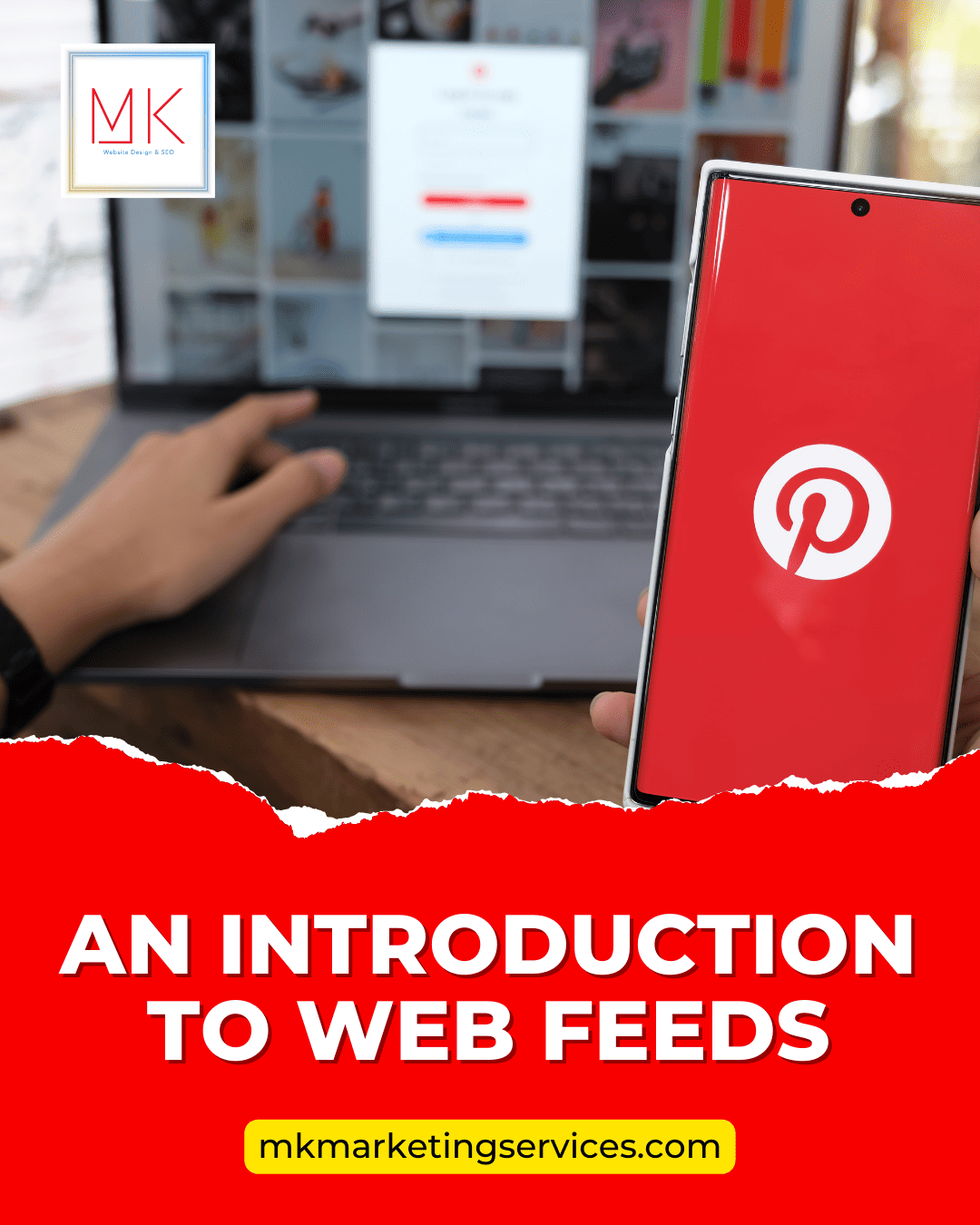An Introduction to Web Feeds
As a new web user, you may have come across little orange squares or multicolored boxes with phrases such as subscribe via RSS, subscribe via Atom, subscribe via XML, subscribe to My Feed, and so on. Although these “subscribe” invitations come in various types, they all serve the same purpose: they allow users to receive information from the site without having to visit it directly. This blog will help you understand what feeds are, how they work and how to utilize them.
Importance of Feeds
It is now usual for a website or blog to feed its content. Sites that provide feeds can transmit information far beyond the scope of their website. Content providers can use feeds to send a wide range of content, including text articles, blog posts, headlines, news updates, etc.
Feeds can quickly and efficiently transmit almost any multimedia content currently available on the Web. Content creators can use feeds to share their content with a wide range of users and apps, including online feed readers, email accounts, news aggregators, feed services, and mini-applications.
As you might expect, feeds have altered — and continue to change — the nature of the Web. Staying current is simple by subscribing to your favorite websites. In reality, many people subscribe to various information sources, including weather reports, stock markets, global news, product updates, software updates, and lectures.
Feed Aggregation
Subscribing to feeds allows you to direct vast amounts of important information into a streamlined application such as an online feed reader or email inbox. It is known as “feed aggregation,” allowing you to quickly review large amounts of content.
You need to subscribe to your favorite sites and blogs, and you can read the automatically consolidated content whenever you want. Feeds are getting popular daily, and everyone provides them, such as CNN, BBC, Google, Amazon, Yahoo, Podcasters, and Apple’s iTunes.
Choosing the Right Feed Reader for Your Needs
You will need a feed-reading application to subscribe to feeds. There are many feed aggregators, but it all depends on your computer setup. Most of the feed readers are free, while some charge a fee. Some readers are simple applications that take effort to set up, while others come fully equipped with thousands of pre-configured features and a million pre-subscribed feeds to get you started. Following are some popular feed readers.
- Inoreader
- Netvibes
- RSS Feed Reader
- My Yahoo
- iTunes
Adding Feeds to Your Reader
Once you’ve installed a feed reader and become familiar with its essential operation, you can add your favorite feeds to the menu. Go to your favorite site and hit “Subscribe to My Feed.” Then copy the feed URL and add it to your reader. Now your reader will show everyday items from your new subscription.
Don’t worry about the format of the feed. Most feed readers can handle any format. With feed subscriptions, you’ll have all the information you need in one place; there is no need to check multiple sites manually.
Conclusion
Web feeds offer a convenient way to stay updated with your favorite websites and blogs. They allow you to easily aggregate and consume large amounts of content in a streamlined manner. With the ability to transmit a wide range of multimedia content and their growing popularity, feeds have significantly impacted how we consume information on the Web. Subscribing to feeds is a simple and efficient way to stay current with the latest news and updates from various sources. For more such informative blogs, contact MK Marketing company.













